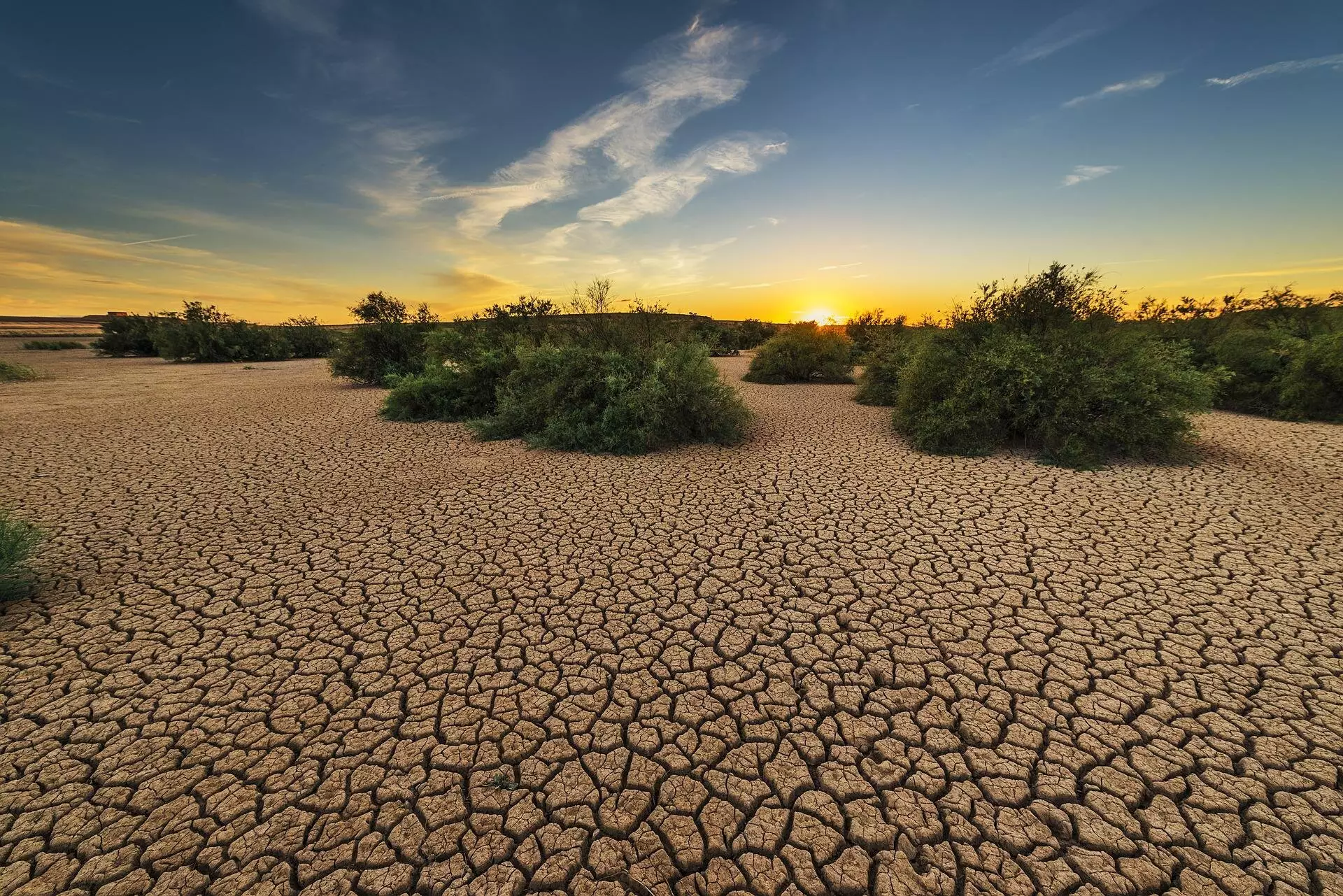In the arid landscapes often associated with prolonged droughts, a new menace is emerging: flash droughts. What differentiates these from conventional droughts is their swift onset, which can manifest in a mere few weeks, creating perilous situations for agriculture, ecosystems, and water resources alike. Utilizing South Asia as a case study, research led by Dr. Ashok Mishra from Texas A&M University offers critical insights that resonate far beyond its geographical confines. This comprehensive analysis sheds light on the factors that contribute to these rapid droughts and suggests their processes are not only local but global, particularly highlighting similarities with regions like Texas.
The Interconnectedness of Climate Change and Flash Droughts
Flash droughts pose unique challenges as they unfold quickly and wreak havoc on vital sectors of the economy, especially in areas heavily dependent on agriculture and energy production. It’s alarming to consider that the very foundations of food and energy security can be eroded in such a short time. Dr. Mishra and his collaborators have indicated that climate change exacerbates the severity and frequency of these droughts, predicting that we will face even more severe flash droughts as global temperatures continue to rise. Their research emphasizes that patterns of atmospheric circulation and human-induced climate change are critical contributors to this growing phenomenon.
The Economic Ripple Effect
A potential cascading effect of flash droughts extends straight into the economy, influencing not just farmers but also countless industries reliant on agricultural output. The reduction of available water and diminishing soil moisture threatens crop yields, leading to food insecurity and increased prices. The repercussions can also be felt in sectors such as energy production, where water scarcity diminishes the ability to generate power effectively. As flash droughts become more rampant, stakeholders across various sectors, from policymakers to business owners, must adapt to this unsettling new normal.
Call to Action: Developing Effective Mitigation Strategies
The urgency conveyed by Mishra’s research cannot be overstated. To combat flash droughts effectively, a multifaceted approach is essential. First, policymakers must leverage data and research to create informed strategies addressing the ripple effects of these droughts. It is paramount to implement preventative infrastructure that mitigates water loss and promotes better resource management, including enhanced irrigation systems and water conservation techniques. Furthermore, collaboration across academic, governmental, and industry sectors—both within and beyond national borders—will foster innovation and support the development of advanced predictive tools crucial for preparing for these unpredictable conditions.
The Future is Collaborative: A Global Problem Requires Global Solutions
The collaborative nature of this research, involving entities like the USDA and various countries across Asia, signifies a global recognition of the issue at hand. Tackling flash droughts necessitates not just localized action but comprehensive global efforts that stretch across multiple disciplines. By fostering interdisciplinary collaboration, this critical research can inform practices that not only address current challenges but also anticipate future scenarios shaped by ongoing climate change. The proactive dialogue initiated by such studies is vital—now more than ever, informed approaches are essential if we intend to safeguard our natural resources and sustain the livelihoods that depend on them.


Leave a Reply